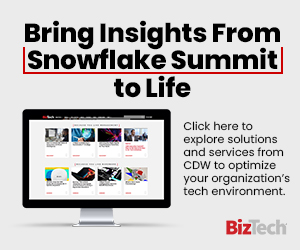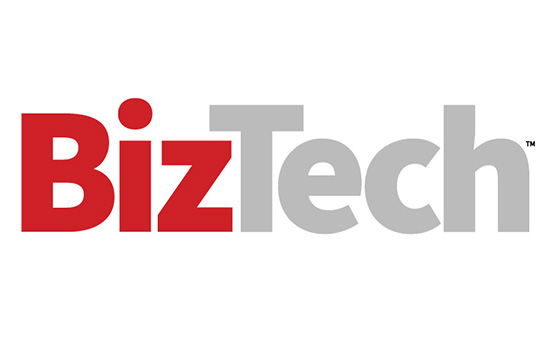Ensure AI Delivers ROI With Real-Time, Relevant Insights
If users see small and iterative ROI on AI, that too instills trust. “It should be a series of little projects that show value every step of the way,” Ramaswamy told Forbes.
PayPal uses Snowflake Copilot and Snowflake Cortex to detect anomalies in real time across billions of transactions. According to Avi Reddy, director of post processing for PayPal, the company has been able to catch fraud faster, reduce false positives and deliver clearer insights to security teams.
Enterprises can also leverage the newly announced Snowflake Intelligence “to harness real-time insights across news, research, and publications to enrich their AI outputs,” according to a company press release.
If teams are still skeptical, they can run their data through Snowflake’s Trust Center, where third-party security and observability scanners can flag abnormalities.
EXPLORE: AI in the workplace is empowering people to do more with less.
Allow AI and Computing Power To Solve Real-Life Business Challenges
Another powerful way to build trust in AI is by aligning it with the real challenges employees face. Doing so not only resolves pain points but also makes the technology’s value more tangible to teams.
“So, if you think about where are the big problems and you layer that alongside what your principles are, your use cases will follow,” Martin said.
The hospitality chain Marriott, which has over 228 million loyalty program members, couldn’t get a sense of who these travelers were as individuals. What are their travel patterns or their hotel preferences?
UP NEXT: What are the benefits of unsupervised machine learning and clustering?
“We have billions of data records flowing in real time,” said Julia Morrison, vice president of data and personalization at Marriott. Her team is using AI to personalize guest experiences, from recommending rooms to offering services based on traveler behavior.
But guests expect a degree of anonymity at hotels, and that’s where strict data privacy controls come into play. Marriott relies on Snowflake’s data masking and secure sharing.
As teams work with data at this granular level, IT leaders can gain a macro understanding of how the data is being used across the organization. “A CIO can see what ways people are running the data, which role-based accesses are running these queries, and that becomes really important from a compliance perspective,” Krishnan said.
Keep this page bookmarked for articles from the event, follow us on X (formerly Twitter) @BizTechMagazine and join the event conversation at #SnowflakeSummit.















